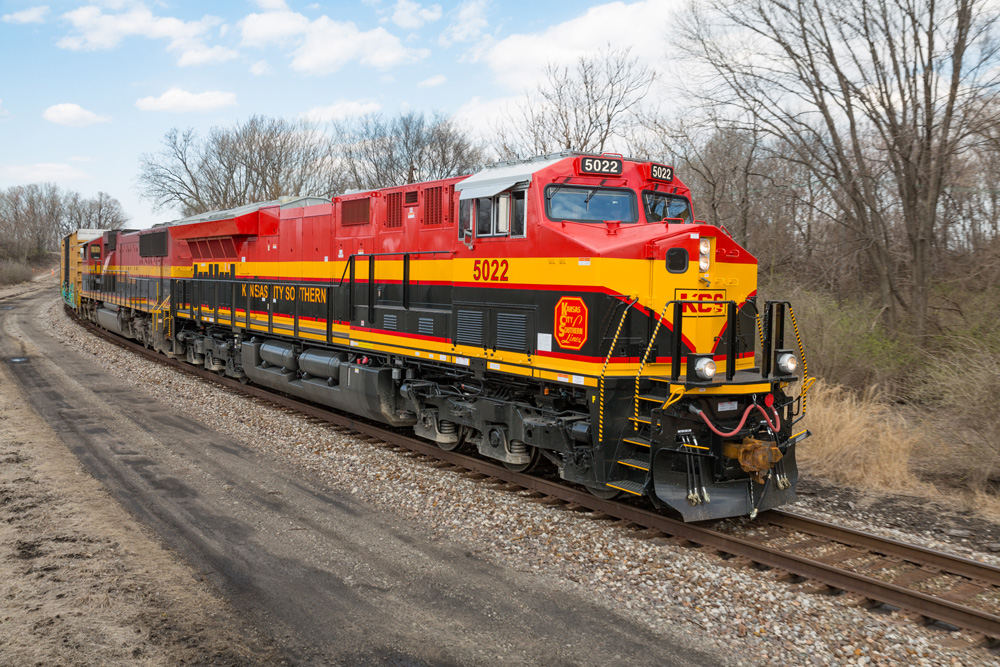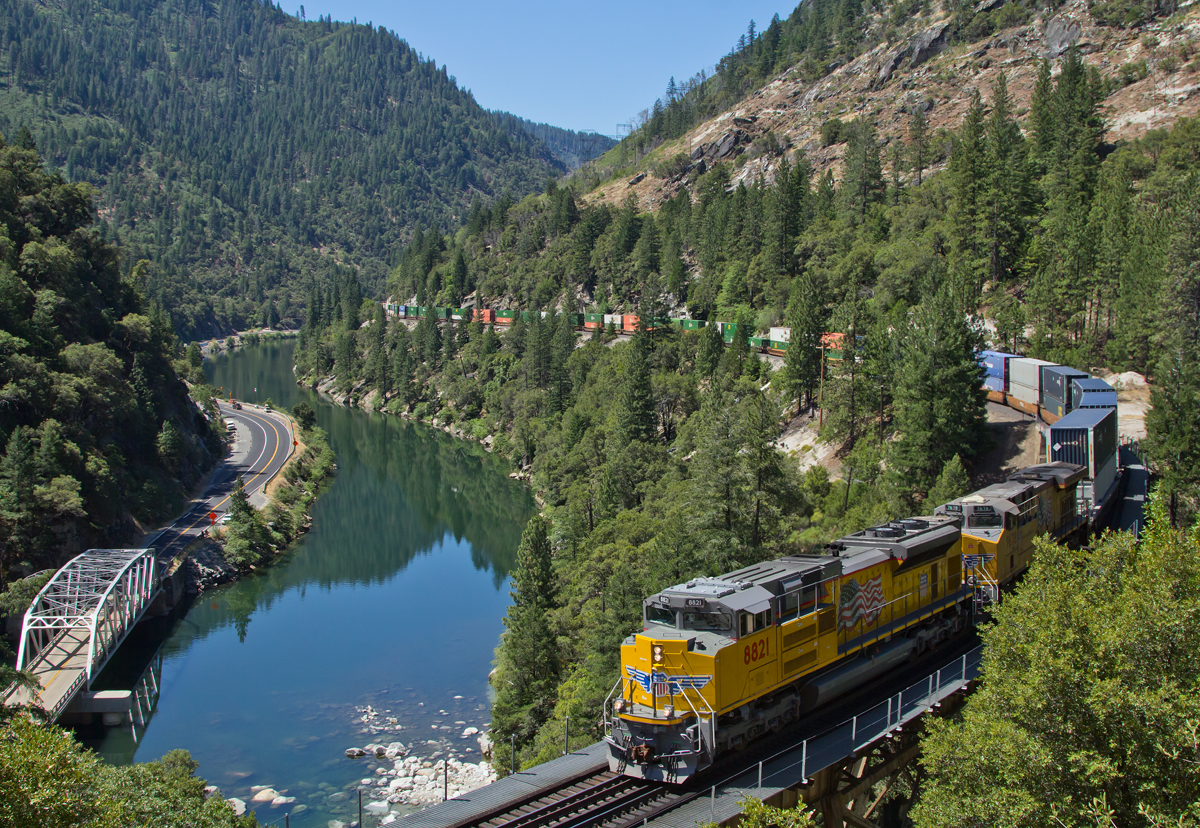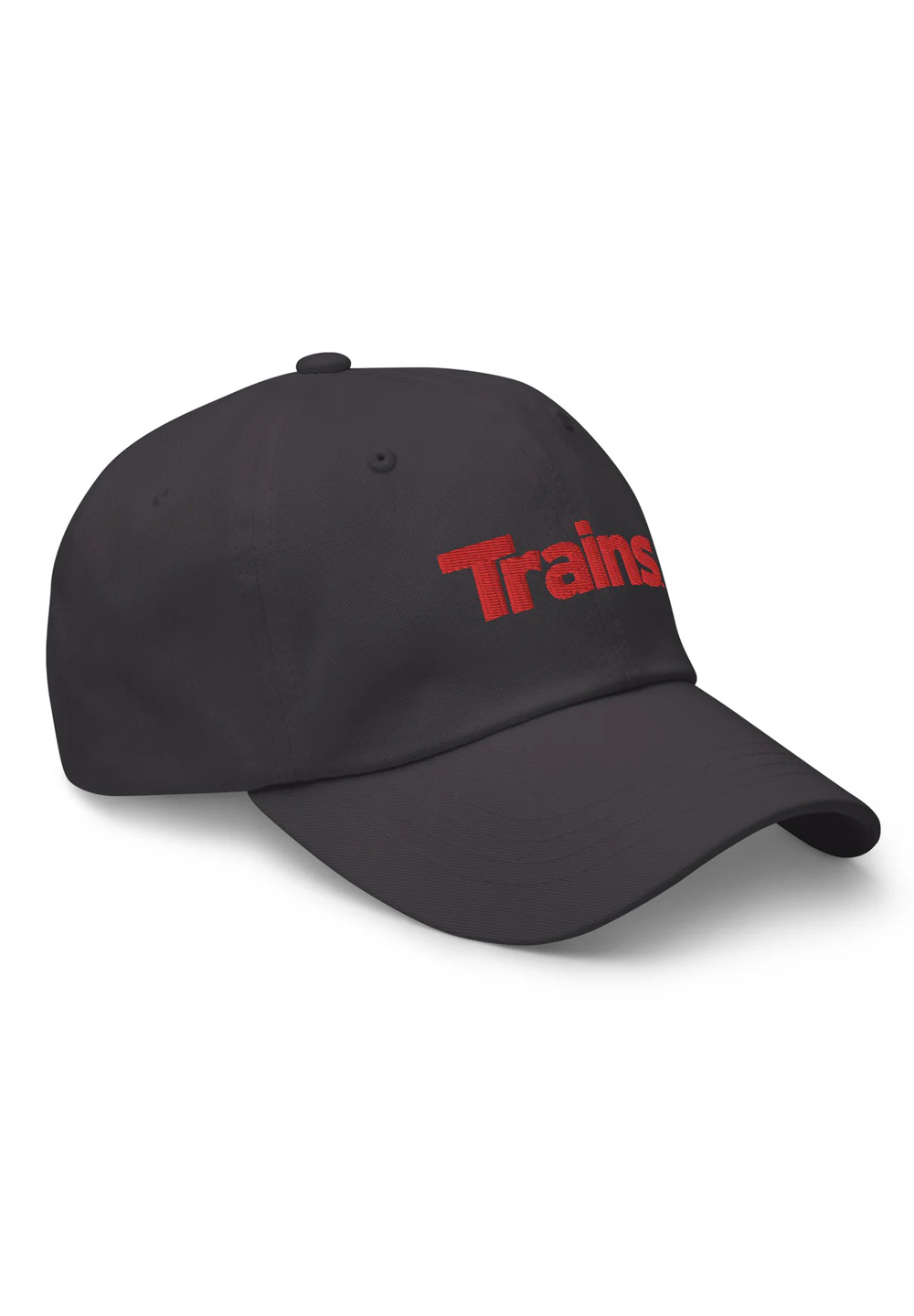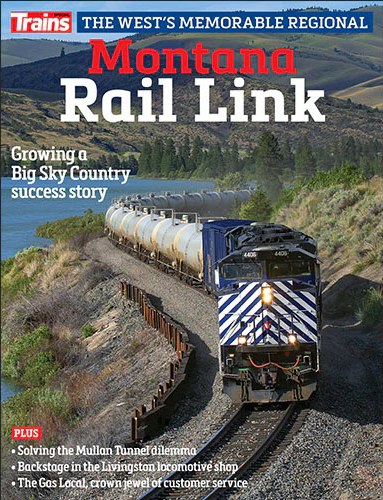
LAKE GENEVA, Wis. — If a transcontinental rail merger is proposed — as has been a subject of speculation in recent months — it would be up to the Surface Transportation Board to approve or deny the request.
But the STB, like most government agencies, is now smaller than it was before the start of the Trump administration. Which, board member Karen Hedlund told the Midwest Association of Rail Shippers today (July 9, 2025), led to a question when she appeared recently before a group of transportation-industry law professionals.
“One of them, at the end of my remarks, asked kind of sheepishly, ‘There’s been some chatter about the possibility of a transcontinental merger. Given your current level of staffing, will you be able to handle it?’” Hedlund recalls. “And I said, well, we did the CPKC merger pretty handily.’ And it included a border-to-border environmental review, not an easy task. …
“Then I paused and I said, ‘But you’re talking about a potential reorganization of almost the entire rail system of the United States. Well, bring it.”
In recounting the impact of the administration and its “Department of Government Efficiency” led ally-turned-foe Elon Musk, Hedlund said the board had largely been spared the mass firings of some other government agencies, and the probationary employees it lost during a mass firing have almost all returned. Still, the head count is reduced, through factors like buyouts and retirements. “We’re in a hiring freeze, so we can’t replace them,” Hedlund said. “So we are thinly staffed, but we haven’t had to fire anybody.”
The STB’s budget request for fiscal 2026 calls for the equivalent of 114 full-time employees, down from the 150 that had been authorized (if not all hired) for this year. “We never got close to 150,” she said.
“We’re seeking about a 14% reduction in funding,” Hedlund said. “We think that will probably do us okay.”
The board’s makeup and independence
One significant vacancy the STB still faces is on the board itself. Former chairman Martin Oberman has not been replaced since his retirement, leaving the membership at two Republicans — current chair Patrick Fuchs and vice-chair Michelle Schultz — and two Democrats, Hedlund and Robert Primus, who had a brief term as chairman following Oberman’s retirement.
Historically, the board has had five members, with no more than three from one party. The president nominates members and the Senate approves them, but the president chooses the chair. The board is also deemed by statute to be an “independent establishment “ of the U.S. government, Hedlund says, but notes similar independent bodies have been the subject of firings by President Donald Trump, “including one or two members of the FTC, the Merit Systems Protection Board, and a couple of other folks. He just terminated them without cause.
“Our statute says the board members may only be terminated by the president for inefficiency, neglect of duty, or malfeasance in office. The administration takes the position that that restriction on the president is unconstitutional” — which, she says, is contrary to a 90-year-old Supreme Court decision. …
“Probably, this issue will be decided by the Supreme Court, possibly next year. Happily, the president hasn’t focused on either Robert or myself.”
Not, she says, that party affiliation of board members is particularly significant.
“We try to make sure that our decisions are carefully reasoned,” she says. “… It would be very naïve of anyone to think that a merger, or any other item that comes before the board, would necessarily be determined along partisan lines or at the direction of whoever is occupying the White House.”
Shippers’ role in a potential merger
At another point in her talk, Hedlund said she expected that if a merger is proposed, “there is one issue … I expect the shippers in this room are going to be called to comment on when the time comes.” That, she said, is the potential impact on what Oliver Wyman analyst Adriene Bailey has called the “watershed markets” — the area within 200 or so miles of the Mississippi River, and therefore the area where east-west traffic is handed off between the eastern and western Class I railroads. This creates short hauls that are not attractive to railroads.
“So you have a lot of shippers putting stuff on trucks to maybe get to Chicago, Memphis, or St. Louis to put them on trains to get to either coast,” Hedulund says. “So when the time comes, we know that you guys are going to have something to say on this issue. What traffic do you truck to the interchange points? What do you truck to the river? And how effective are the short lines in handling your interchanges?
“There’s no doubt that the board will be looking at this issue of the watershed as well as many other critical issues. But one thing I assure you is we will be well prepared.”














Railroad employees dissing this merger are not thinking clearly. A transcontinental shipper today needs to go through two railroads. So a lot stick with one trucking shipper instead.
A transcon railroad merger will generate more traffic from the trucks.
The cost of a transcon merge will just be too high for those involved. The current RR execs will want exit bonuses, the hedge funds will want a no risk, all profit solution, and finally it will require a total and complete restructuring of ownership in the railroad network. And a public interest group will want Amtrak mandates included on top of it.
Think of the break up of Conrail, except doubled and across the country as well.
Finally, if it was restructured, *everyone* will want to keep their interchange in Chicago, which absolutely defeats the purpose of transcon based railroading. So you would ask yourself, why…if everyone would still go through Chicago?
solve the chicago problem and much of the impetus for this will dissolve.
CN + BNSF again?
Yeah, let them merge. Just another step down the road to the inevitable and necessary nationalization of the Class Is.